Polycythemia Vera: Causes, Symptoms, and Complications of Elevated RBC and Platelets
What is polycythemia vera. How does it affect blood cell production. What are the main symptoms and risk factors of this rare blood cancer. What complications can arise from polycythemia vera. How is polycythemia vera diagnosed and treated.
Understanding Polycythemia Vera: A Rare Blood Cancer
Polycythemia vera (PV) is an uncommon form of blood cancer that originates in the bone marrow. This condition disrupts the normal production of blood cells, particularly red blood cells. The overproduction of red blood cells leads to a thickening of the blood, which can significantly impair blood flow throughout the body and potentially result in severe complications.
PV is characterized by its slow progression, often developing over many years without the individual’s awareness. In numerous cases, the condition is inadvertently discovered during routine blood tests performed for unrelated reasons. While polycythemia vera can be life-threatening if left untreated, appropriate medical intervention can effectively manage its symptoms and complications, improving the patient’s quality of life and prognosis.
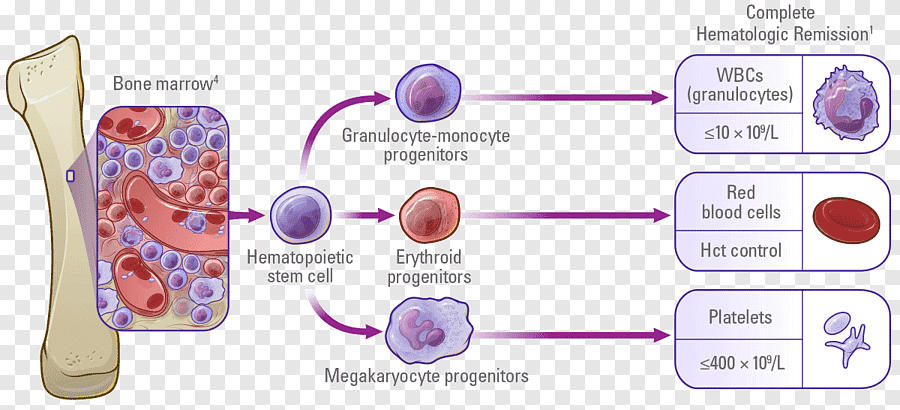
The Genetic Basis of Polycythemia Vera
At the core of polycythemia vera lies a genetic mutation that disrupts the delicate balance of blood cell production. Typically, the body maintains a precise regulation of the three main types of blood cells: red blood cells, white blood cells, and platelets. However, in individuals with PV, this regulatory mechanism falters due to a specific gene mutation.
This genetic alteration leads to an overproduction of blood cells, particularly red blood cells, in the bone marrow. Interestingly, the mutation responsible for PV is not inherited from parents but occurs spontaneously during a person’s lifetime. The exact trigger for this mutation remains unknown, highlighting the need for further research in this area.
The Role of JAK2 Mutation in Polycythemia Vera
Recent scientific advancements have identified a specific mutation in the Janus kinase 2 (JAK2) gene as a key player in the development of polycythemia vera. This mutation is present in approximately 95% of PV cases. The JAK2 gene is responsible for producing a protein that helps control blood cell production. When mutated, it leads to uncontrolled cell growth, resulting in the overproduction of blood cells characteristic of PV.

Recognizing the Symptoms of Polycythemia Vera
Identifying polycythemia vera can be challenging, as many individuals with the condition may not experience noticeable symptoms, especially in the early stages. However, as the disease progresses, various symptoms may emerge. These can range from vague, general discomfort to more specific manifestations related to blood thickness and circulation issues.
- Headache
- Dizziness
- Fatigue
- Blurred vision
- Itchiness, particularly after warm baths or showers
- Numbness, tingling, or burning sensations in extremities
- Feeling of fullness or bloating after eating small amounts
- Unusual bleeding, such as nosebleeds or bleeding gums
- Painful swelling of joints, often affecting the big toe
- Shortness of breath, especially when lying down
It’s crucial to note that these symptoms can vary significantly among individuals and may overlap with other conditions. Therefore, anyone experiencing persistent or concerning symptoms should consult a healthcare professional for proper evaluation.

Risk Factors and Demographics of Polycythemia Vera
While polycythemia vera can affect individuals of any age, certain demographic factors appear to influence its occurrence. Understanding these risk factors can help in early detection and management of the condition.
Age as a Risk Factor
PV is more commonly diagnosed in adults between the ages of 50 and 75. However, it’s important to note that the condition can develop at any age, including in younger adults and, rarely, in children.
Gender Disparities in Polycythemia Vera
Interestingly, there is a gender disparity in the incidence of polycythemia vera. Men are generally more likely to develop PV compared to women. However, when women do develop the condition, they tend to be diagnosed at a younger age than their male counterparts. This gender-based difference in disease onset and prevalence is an area of ongoing research in hematology.
Potential Complications of Untreated Polycythemia Vera
If left untreated, polycythemia vera can lead to several serious complications. These complications arise primarily due to the increased blood thickness and the abnormal function of blood cells, particularly platelets.

Blood Clots: A Major Concern
One of the most significant risks associated with polycythemia vera is the increased likelihood of blood clot formation. The thickened blood, combined with abnormalities in platelets, can lead to the development of clots in various parts of the body. These clots can have severe consequences, including:
- Stroke
- Heart attack
- Pulmonary embolism (blockage in an artery in the lungs)
- Deep vein thrombosis (clot in a deep vein, often in the legs)
Enlarged Spleen (Splenomegaly)
The spleen plays a crucial role in filtering blood and fighting infections. In polycythemia vera, the increased number of blood cells puts extra strain on the spleen, causing it to enlarge. An enlarged spleen can lead to discomfort, pain in the upper left abdomen, and a feeling of fullness even after eating small amounts of food.
Complications Related to High Red Blood Cell Levels
The abnormally high levels of red blood cells in polycythemia vera can lead to various other complications, including:

- Peptic ulcers: Open sores in the lining of the stomach, upper small intestine, or esophagus
- Gout: A form of arthritis characterized by sudden, severe attacks of pain and inflammation in joints
Progression to Other Blood Disorders
In rare cases, polycythemia vera can evolve into other blood disorders. These include:
- Myelofibrosis: A progressive disorder where bone marrow is replaced with scar tissue
- Myelodysplastic syndrome: A condition where blood stem cells don’t mature or function properly
- Acute leukemia: A rapid-progressing cancer of the blood and bone marrow
Diagnostic Approaches for Polycythemia Vera
Diagnosing polycythemia vera often involves a combination of clinical evaluation, blood tests, and genetic analysis. The process typically begins when abnormal blood cell counts are detected during routine blood work or when a patient presents with symptoms suggestive of the condition.
Complete Blood Count (CBC)
A complete blood count is usually the first step in diagnosing PV. This test measures the levels of different blood cells, including red blood cells, white blood cells, and platelets. In polycythemia vera, the CBC typically shows elevated levels of red blood cells and often increased platelets and white blood cells as well.
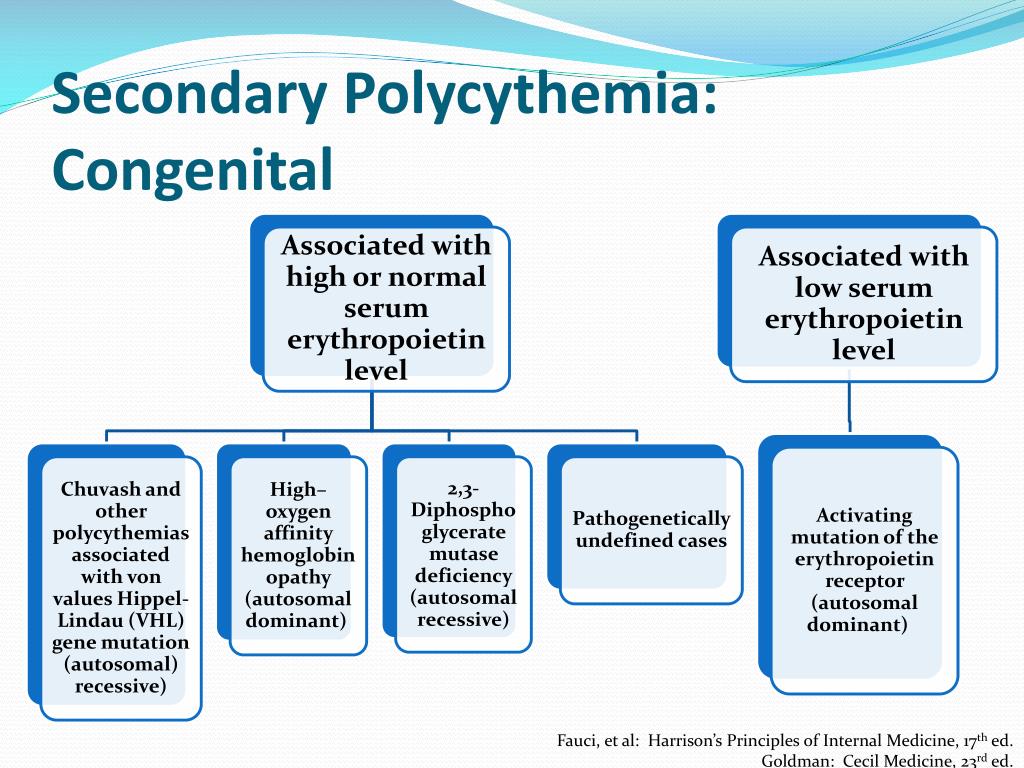
Erythropoietin Level Test
Measuring the level of erythropoietin, a hormone that stimulates red blood cell production, can help distinguish PV from other conditions that cause increased red blood cell counts. In PV, erythropoietin levels are typically low or normal, despite the high red blood cell count.
Genetic Testing
Given the strong association between the JAK2 gene mutation and polycythemia vera, genetic testing has become an important diagnostic tool. This test looks for the presence of the JAK2 V617F mutation or other related mutations that are commonly found in PV patients.
Bone Marrow Biopsy
In some cases, a bone marrow biopsy may be necessary to confirm the diagnosis of PV and rule out other blood disorders. This procedure involves taking a small sample of bone marrow, usually from the hip bone, for microscopic examination.
Treatment Strategies for Polycythemia Vera
The treatment of polycythemia vera aims to reduce the risk of complications and manage symptoms. The approach is typically tailored to each patient’s specific situation and may involve a combination of different strategies.

Phlebotomy: A Primary Treatment Approach
Phlebotomy, also known as bloodletting, is often the first-line treatment for PV. This procedure involves removing a certain amount of blood from the body to reduce the overall blood volume and lower the hematocrit (the proportion of red blood cells in the blood). Regular phlebotomies can help maintain normal blood thickness and reduce the risk of blood clots.
Medications to Reduce Blood Cell Production
Various medications may be prescribed to slow down the production of blood cells in the bone marrow. These include:
- Hydroxyurea: A chemotherapy drug that can reduce the production of all types of blood cells
- Interferon alfa: A medication that can help control blood cell production and may be preferred for younger patients or pregnant women
- Ruxolitinib: A JAK inhibitor that can be effective in managing PV, especially in patients who don’t respond well to other treatments
Antiplatelet Therapy
Low-dose aspirin is often prescribed to reduce the risk of blood clots in PV patients. This medication helps prevent platelets from sticking together, thus decreasing the likelihood of clot formation.
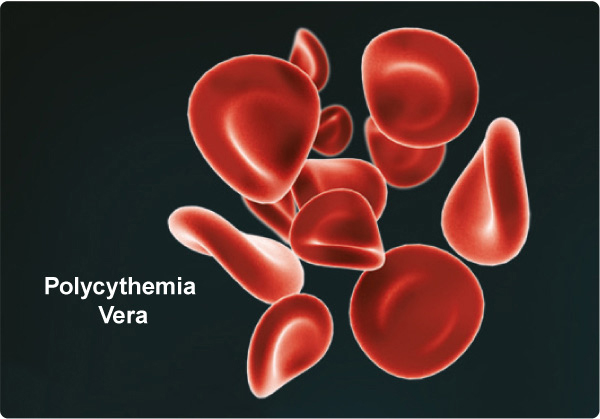
Lifestyle Modifications
In addition to medical treatments, patients with polycythemia vera are often advised to make certain lifestyle changes to manage their condition better:
- Staying well-hydrated to help maintain proper blood flow
- Avoiding extreme temperatures, especially heat, which can cause dehydration and increase the risk of blood clots
- Regular exercise to improve circulation
- Quitting smoking, as it can further increase the risk of blood clots
- Managing cardiovascular risk factors such as high blood pressure and high cholesterol
Living with Polycythemia Vera: Long-term Outlook and Management
While polycythemia vera is a chronic condition without a cure, proper management can significantly improve a patient’s quality of life and long-term outlook. With appropriate treatment, many individuals with PV can lead normal, active lives.
Regular Monitoring and Follow-up
Patients with PV require regular medical follow-ups and blood tests to monitor their condition and adjust treatment as necessary. This ongoing care helps prevent complications and ensures that the treatment remains effective over time.

Managing Symptoms and Side Effects
Symptom management is an important aspect of living with PV. This may involve addressing issues such as itching, which can be alleviated with antihistamines or light therapy, or managing fatigue through proper rest and exercise routines.
Psychological Support
Living with a chronic condition like polycythemia vera can be challenging emotionally and psychologically. Support groups, counseling, and patient education programs can be valuable resources for individuals coping with PV.
Research and Future Treatments
Ongoing research in the field of hematology continues to advance our understanding of polycythemia vera and develop new treatment options. Clinical trials investigating novel therapies, including targeted molecular treatments, offer hope for improved management of PV in the future.
In conclusion, while polycythemia vera presents significant challenges, advancements in diagnosis and treatment have greatly improved the prognosis for individuals with this condition. With proper medical care, lifestyle adjustments, and ongoing monitoring, many people with PV can effectively manage their condition and maintain a good quality of life. As research progresses, the hope for even better treatment options and potentially a cure continues to grow, offering a promising outlook for those affected by this rare blood cancer.

Polycythemia vera – Symptoms & causes
Overview
Polycythemia vera (pol-e-sy-THEE-me-uh VEER-uh) is a type of blood cancer. It causes your bone marrow to make too many red blood cells. These excess cells thicken your blood, slowing its flow, which may cause serious problems, such as blood clots.
Polycythemia vera is rare. It usually develops slowly, and you might have it for years without knowing. Often the condition is found during a blood test done for another reason.
Without treatment, polycythemia vera can be life-threatening. But proper medical care can help ease signs, symptoms and complications of this disease.
Products & Services
Symptoms
Many people with polycythemia vera don’t have noticeable signs or symptoms. Some people might develop vague symptoms such as headache, dizziness, fatigue and blurred vision.
More-specific symptoms of polycythemia vera include:
- Itchiness, especially after a warm bath or shower
- Numbness, tingling, burning, or weakness in your hands, feet, arms or legs
- A feeling of fullness soon after eating and bloating or pain in your left upper abdomen due to an enlarged spleen
- Unusual bleeding, such as a nosebleed or bleeding gums
- Painful swelling of one joint, often the big toe
- Shortness of breath and difficulty breathing when lying down
When to see a doctor
Make an appointment with your doctor if you have signs or symptoms of polycythemia vera.
Causes
Polycythemia vera occurs when a mutation in a gene causes a problem with blood cell production. Normally, your body regulates the number of each of the three types of blood cells you have — red blood cells, white blood cells and platelets. But in polycythemia vera, your bone marrow makes too many of some of these blood cells.
The cause of the gene mutation in polycythemia vera is unknown, but it’s generally not inherited from your parents.
Risk factors
Polycythemia vera can occur at any age, but it’s more common in adults between 50 and 75. Men are more likely to get polycythemia vera, but women tend to get the disease at younger ages.
Complications
Possible complications of polycythemia vera include:
- Blood clots. Increased blood thickness and decreased blood flow, as well as abnormalities in your platelets, raise your risk of blood clots. Blood clots can cause a stroke, a heart attack, or a blockage in an artery in your lungs or a vein deep within a leg muscle or in the abdomen.

- Enlarged spleen. Your spleen helps your body fight infection and filter unwanted material, such as old or damaged blood cells. The increased number of blood cells caused by polycythemia vera makes your spleen work harder than normal, which causes it to enlarge.
- Problems due to high levels of red blood cells. Too many red blood cells can lead to a number of other complications, including open sores on the inside lining of your stomach, upper small intestine or esophagus (peptic ulcers) and inflammation in your joints (gout).
- Other blood disorders. In rare cases, polycythemia vera can lead to other blood diseases, including a progressive disorder in which bone marrow is replaced with scar tissue, a condition in which stem cells don’t mature or function properly, or cancer of the blood and bone marrow (acute leukemia).
Polycythemia vera – Symptoms & causes
Overview
Polycythemia vera (pol-e-sy-THEE-me-uh VEER-uh) is a type of blood cancer.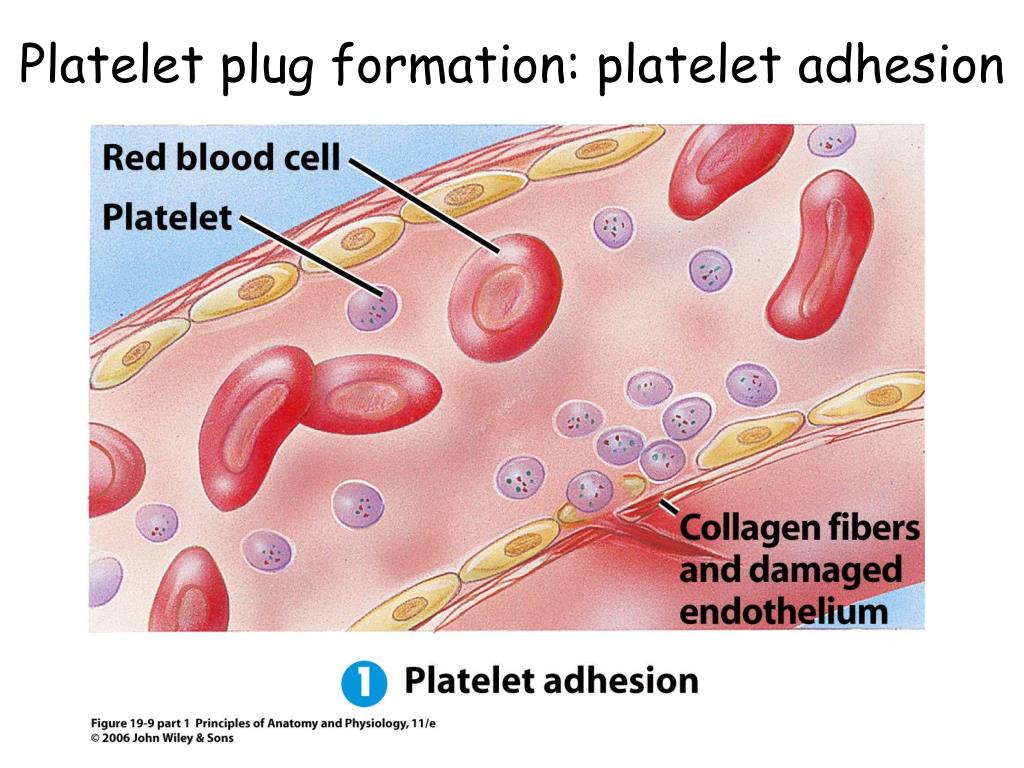 It causes your bone marrow to make too many red blood cells. These excess cells thicken your blood, slowing its flow, which may cause serious problems, such as blood clots.
It causes your bone marrow to make too many red blood cells. These excess cells thicken your blood, slowing its flow, which may cause serious problems, such as blood clots.
Polycythemia vera is rare. It usually develops slowly, and you might have it for years without knowing. Often the condition is found during a blood test done for another reason.
Without treatment, polycythemia vera can be life-threatening. But proper medical care can help ease signs, symptoms and complications of this disease.
Products & Services
Symptoms
Many people with polycythemia vera don’t have noticeable signs or symptoms. Some people might develop vague symptoms such as headache, dizziness, fatigue and blurred vision.
More-specific symptoms of polycythemia vera include:
- Itchiness, especially after a warm bath or shower
- Numbness, tingling, burning, or weakness in your hands, feet, arms or legs
- A feeling of fullness soon after eating and bloating or pain in your left upper abdomen due to an enlarged spleen
- Unusual bleeding, such as a nosebleed or bleeding gums
- Painful swelling of one joint, often the big toe
- Shortness of breath and difficulty breathing when lying down
When to see a doctor
Make an appointment with your doctor if you have signs or symptoms of polycythemia vera.
Causes
Polycythemia vera occurs when a mutation in a gene causes a problem with blood cell production. Normally, your body regulates the number of each of the three types of blood cells you have — red blood cells, white blood cells and platelets. But in polycythemia vera, your bone marrow makes too many of some of these blood cells.
The cause of the gene mutation in polycythemia vera is unknown, but it’s generally not inherited from your parents.
Risk factors
Polycythemia vera can occur at any age, but it’s more common in adults between 50 and 75. Men are more likely to get polycythemia vera, but women tend to get the disease at younger ages.
Complications
Possible complications of polycythemia vera include:
- Blood clots. Increased blood thickness and decreased blood flow, as well as abnormalities in your platelets, raise your risk of blood clots. Blood clots can cause a stroke, a heart attack, or a blockage in an artery in your lungs or a vein deep within a leg muscle or in the abdomen.

- Enlarged spleen. Your spleen helps your body fight infection and filter unwanted material, such as old or damaged blood cells. The increased number of blood cells caused by polycythemia vera makes your spleen work harder than normal, which causes it to enlarge.
- Problems due to high levels of red blood cells. Too many red blood cells can lead to a number of other complications, including open sores on the inside lining of your stomach, upper small intestine or esophagus (peptic ulcers) and inflammation in your joints (gout).
- Other blood disorders. In rare cases, polycythemia vera can lead to other blood diseases, including a progressive disorder in which bone marrow is replaced with scar tissue, a condition in which stem cells don’t mature or function properly, or cancer of the blood and bone marrow (acute leukemia).
The level of erythrocytes in the blood is increased – what problems can this indicate
- Health
The diagnostician explained what disorders and diseases this may be associated with, and why, in order to bring the tests back to normal, you need to walk more in the fresh air and drink enough water.
July 5, 2022
- Source:
- iStockphoto
The results of the analyzes are deciphered by the doctor, he can draw the right conclusions about possible problems in your body based on all the indicators. But you always want to understand in advance how serious the situation is. Take, for example, erythrocytes. What do their high scores mean? And what do they influence?
– Red blood cells are oxygen-carrying cells, – explained Olga Malinovskaya, doctor of clinical laboratory diagnostics, head of the medical department of the KDL laboratory network. “In perfect condition, they are of medium size, sufficiently iron-rich, with the correct shape of a biconcave disc.
Usually, all erythrocyte parameters of interest to the doctor are indicated in the complete blood count. The most indicative is the number of red blood cells in 1 liter of blood. For example, in anemia, the amount is reduced along with the amount of hemoglobin. Another parameter is the average erythrocyte volume – MCV.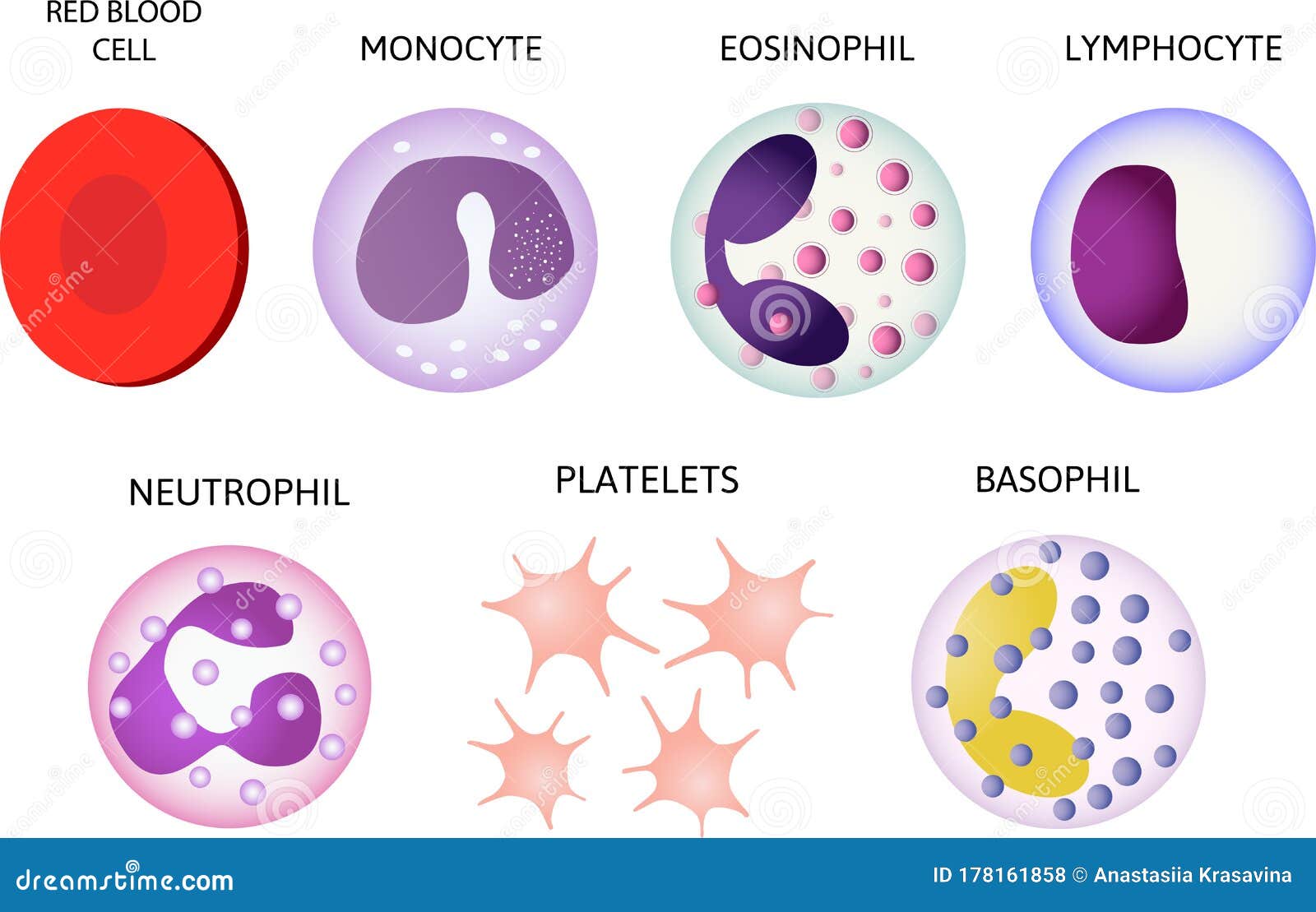
– It decreases with iron deficiency anemia, increases with anemia associated with a lack of vitamin B12 or folic acid, doctor Malinovskaya explains the changes in the parameters.
Read also
Red blood cells deliver oxygen, which we inhale to all organs and tissues of the body, and take away carbon dioxide, which we then exhale. Red blood cells live in the body for about four months, then they are destroyed.
— The hematopoietic system maintains a constant number of red blood cells in the bloodstream, — said Olga Malinovskaya. — More often patients encounter with a decrease in the number of red blood cells – anemia, but there are diseases and conditions when the number of red blood cells increases.
Dehydration
This is the most common cause of slightly elevated red blood cells.
– If it’s hot outside, you came to donate blood on an empty stomach and haven’t drank water since the evening, then with a high probability you will get slightly elevated hemoglobin, erythrocyte and hematocrit values, the doctor explained.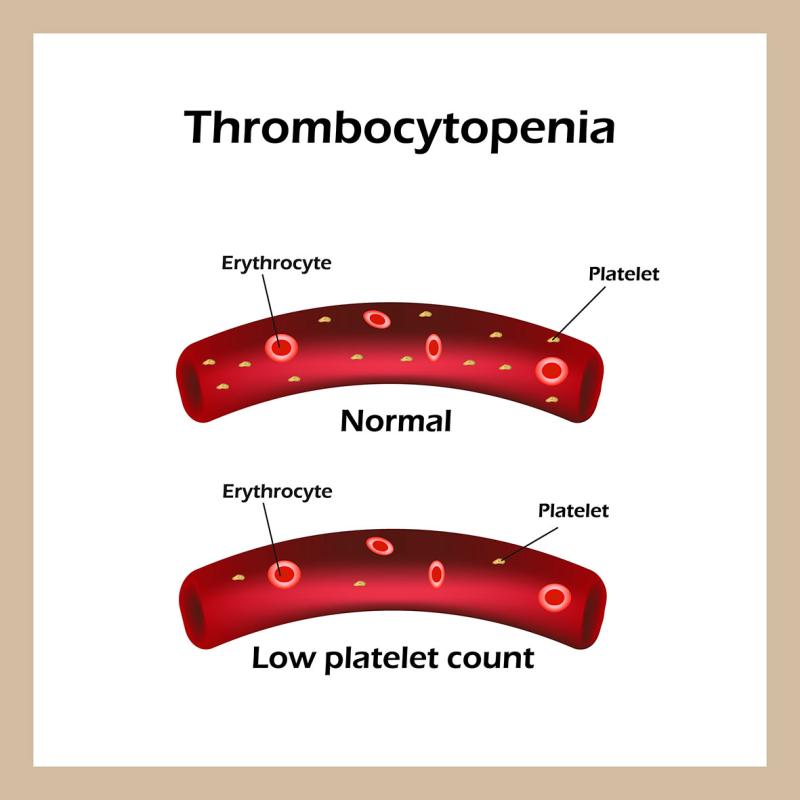
See also
Difficult external conditions
Doctors observe an increase in erythrocytes in the blood of residents of high-mountainous regions and regions of the far north. And this is a normal story, people can have red blood cells and hemoglobin slightly above normal due to the adaptation of body systems to harsh external conditions.
Polycythemia
The condition is due to the fact that the cells of the bone marrow produce an excessive amount of red blood cells. Also, other cells will be increased in the analysis – platelets and leukocytes. Blood becomes thicker , viscous, there is a risk of blood clots that can clog blood vessels and disrupt blood supply.
See also
Increasing the amount of erythropoietin
This substance is synthesized in the kidneys and stimulates the production of red blood cells by bone marrow cells.
– The body increases the production of erythropoietin when it considers that the body lives in conditions of lack of oxygen in order to provide all organs and tissues with more oxygen, – explained diagnostician Olga Malinovskaya.
Frequently elevated red blood cells can be in heavy smokers , people with chronic obstructive pulmonary disease , with heart defects and those who live in unfavorable environmental conditions.
Kidney disease
Elevated red blood cells are common in people with kidney disease.
– The fact is that they have a violation of the blood supply – narrowing of the renal arteries, tumors or cysts that compress the vascular pedicle of the kidney, – Malinovskaya clarified.
Text author: Alena Bezmenova
causes of increased and decreased values
Content
- 1 Erythrocytes in the blood: norm, causes of increase and decrease
- 1.1 Concept and meaning
- 1.1.1 What is the norm of erythrocytes in the blood
- 1.1.2 Why RBC counts are important
- 1.2 Related videos:
- 1.3 RBC counts for adults and children
- 1.3.1 RBC counts for adults
- 1.
 3.2 Red blood cell counts in children
3.2 Red blood cell counts in children
- 1.4 Causes of low red blood cell counts
- 1.5 Anemia
- 1.6 Genetic disorders that affect the red blood cell count
90 079 1.7 Chronic diseases and their impact on the level of erythrocytes in
- 1.1 Concept and meaning
- 1.8 Elevated red blood cells: causes
- 1.9 Polycythemia: causes, symptoms and treatment
- 1.10 Other blood disorders
- 1.10.1 Anemia
- 1.10.2 Leukemia
- 1.10.3 Thrombocytopenia
- 9 1.11.2 Wrong power supply
- 1.11.3 Output
- 1.12.1 Low red blood cells:
- 1.12.2 High red blood cells:
- 1.13.0.1 What causes an increase in the level of erythrocytes in the blood?
- 1.13.0.2 What symptoms may indicate a low level of red blood cells?
- 1.13.0.3 What is the normal level of red blood cells in women?
- 1.
 13.0.4 How does the level of erythrocytes in the blood change during pregnancy?
13.0.4 How does the level of erythrocytes in the blood change during pregnancy? - 1.13.0.5 What measures can be taken to correct the level of erythrocytes in the blood?
- 1.13.0.6 What are the indications for testing the level of erythrocytes in the blood?
Find out which red blood cell values are normal and what causes high and low levels. All about the physiology and diseases associated with the number of red cells in the blood.
Red blood cells are red blood cells that are responsible for transporting oxygen throughout the body. The normal level of red blood cells in the blood is one of the key indicators of human health. This parameter depends on many factors, such as nutrition, physical activity, environmental conditions.
If the level of red blood cells is higher than normal, it is possible that there is a violation in the formation of red blood cells in the body or some kind of disease is present.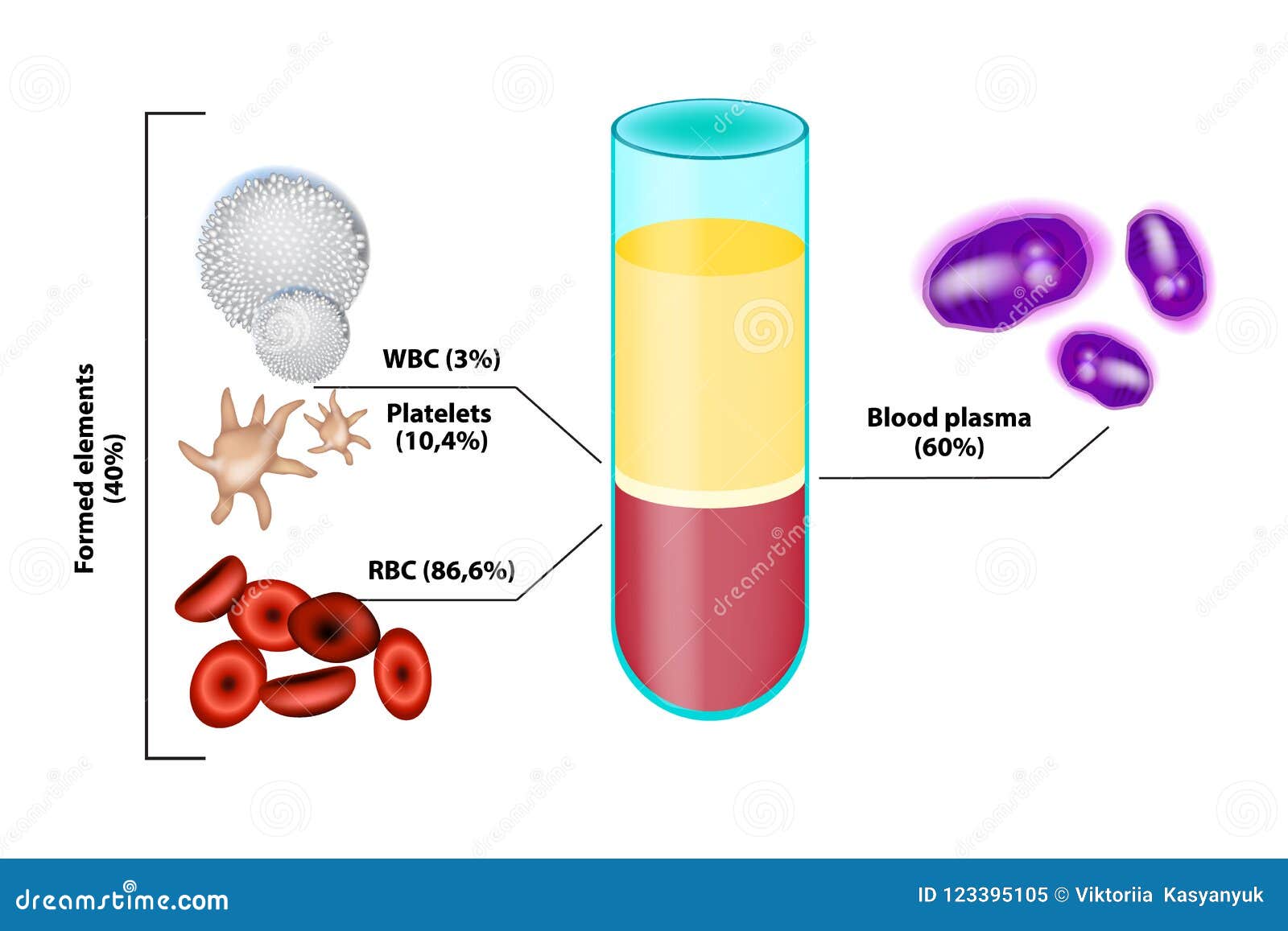 In this article, we will look at the causes of high and low RBC values and explain in detail how this characteristic affects health.
In this article, we will look at the causes of high and low RBC values and explain in detail how this characteristic affects health.
It is important to understand that all changes in the level of red blood cells require the attention of doctors and a preventive approach. Some diseases can become extremely serious if they are not addressed in a timely manner.
Concept and meaning
What is the red blood cell count
The red blood cell count is the acceptable range of red blood cells in the blood in a certain period of time. It is usually measured in terms of the number of red blood cells per microliter of blood. The normal level may vary in men, women and children depending on age, gender and health status.
Sedentary (less than 5000 steps)
50%
Sedentary (5000 to 10000 steps)
50%
Active (more than 10,000 steps)
0%
Why RBC count is important
RBC count is important to keep your body functioning properly.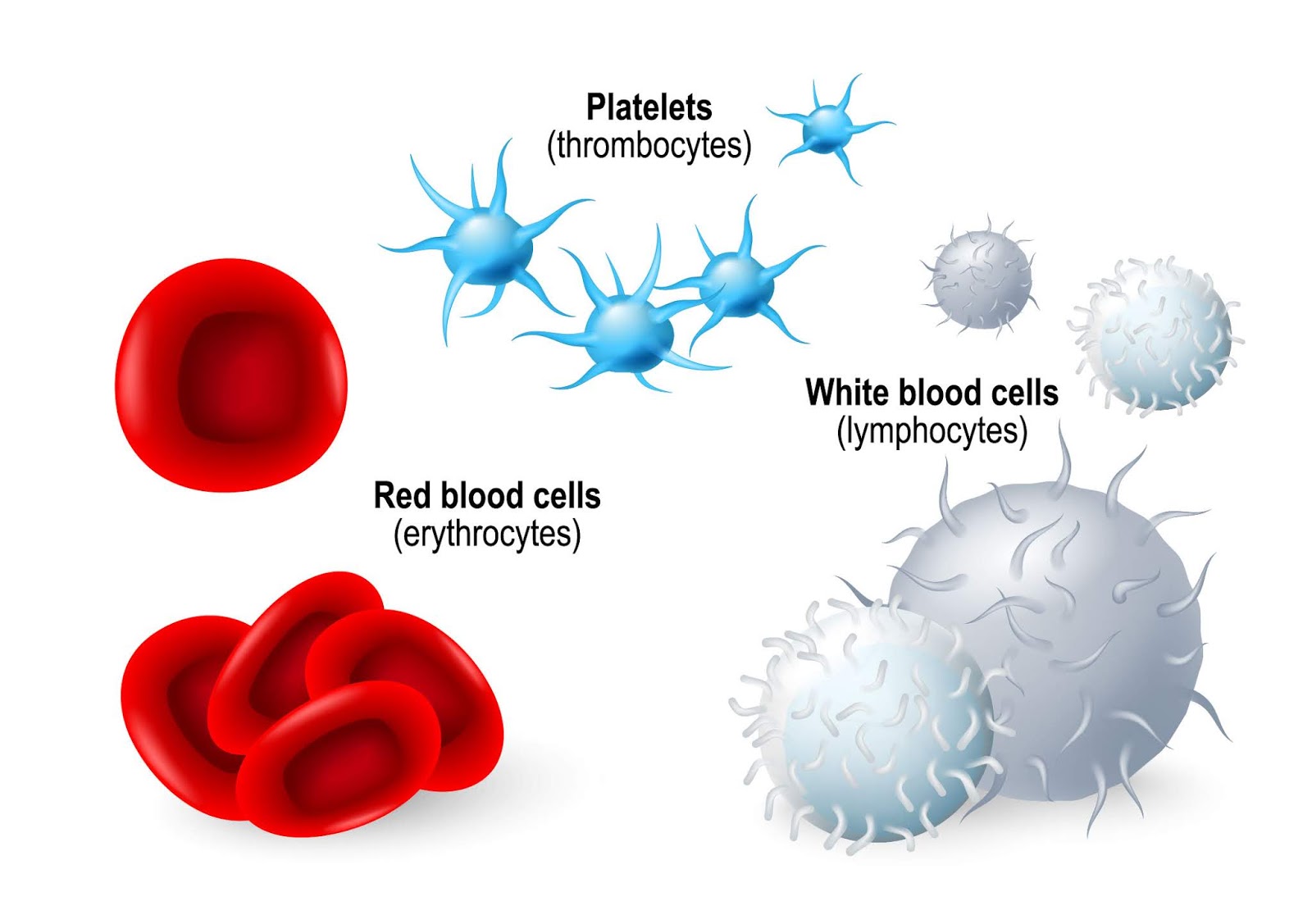 Red blood cells carry oxygen to the tissues and also help remove carbon dioxide from the lungs. If the level of red blood cells is lower or higher than normal, this may indicate the presence of diseases or health problems. Therefore, regular monitoring of the level of red blood cells is an important element in the prevention of diseases and maintaining the health of the body as a whole.
Red blood cells carry oxygen to the tissues and also help remove carbon dioxide from the lungs. If the level of red blood cells is lower or higher than normal, this may indicate the presence of diseases or health problems. Therefore, regular monitoring of the level of red blood cells is an important element in the prevention of diseases and maintaining the health of the body as a whole.
Related videos:
Red blood cell norms in the blood of adults and children
Red blood cell norms in the blood of adults from 3.8 to 5.0 million / μl in women.
In healthy adults, the level of red blood cells in the blood does not change throughout life, except for temporal variability associated with the physiological processes of the body.
Norms of erythrocytes in the blood of children
- In newborns, the level of erythrocytes reaches its maximum value and ranges from 4.
 2 to 7.4 million/µl.
2 to 7.4 million/µl. - In infants, the normal RBC count is 3.9 to 5.5 million/mcL.
- At the age of 1 to 14 years, the normal level of erythrocytes in the blood of children decreases significantly and ranges from 3.5 to 4.8 million/µl.
- Adolescents under 18 years of age have a higher red blood cell count than adults, approximately 4.0 to 5.5 million/mcL.
It is important to note that RBC levels may vary slightly in children based on race and gender.
Causes of low red blood cells
Anemia is the most common cause of low red blood cells. Anemia can be caused by a lack of iron, vitamin B12, or folic acid, as well as other factors such as blood loss, bone marrow disease, and hereditary factors.
Chronic diseases such as chronic infections, cancer and kidney disease can lead to a decrease in the number of red blood cells.
Acute blood loss caused, for example, by trauma, surgery or childbirth, can lead to a decrease in the number of red blood cells.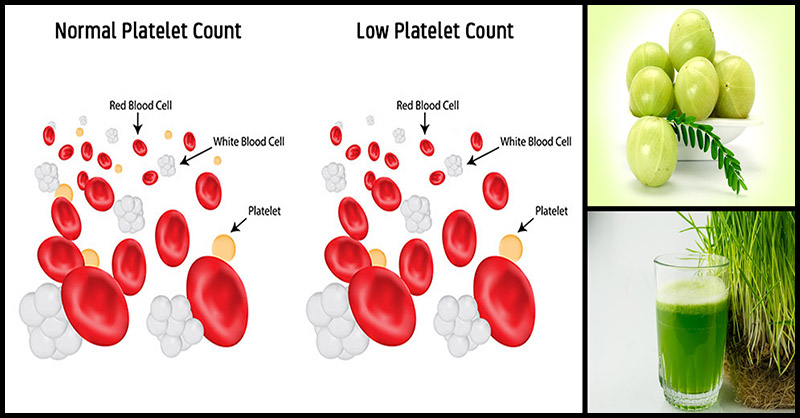
The body perceives its own red blood cells as foreign. This can occur in autoimmune diseases, in which the immune system attacks its own cells, including red blood cells.
heredity can also be a cause of low red blood cell count, as genetic mutations can lead to disruption of their formation or viability.
Anemia
Anemia is a body condition in which the number of red blood cells in the blood and/or their content in hemoglobin is below normal. Anemia can develop for various reasons and have various symptoms.
One of the most common causes of anemia is iron deficiency in the body. This element is necessary for the production of hemoglobin, and if it is not enough, then the number of red blood cells in the blood decreases.
Symptoms of anemia may include fatigue, weakness, pale skin, shortness of breath, dizziness, poor concentration, and others. Treatment for anemia depends on the cause and may include iron, vitamins, and other medications.
- Some types of anemia:
- Iron deficiency anemia – due to iron deficiency;
- Folate deficiency anemia – due to lack of folic acid;
- Vitamin deficiency anemia – occurs when there is a lack of vitamins necessary for the production of red blood cells.
- Some types of anemia:
Proper nutrition and regular examinations will help prevent anemia.
Genetic disorders that affect the rate of red blood cells in the blood
The rate of red blood cells depends on many factors, including hereditary predisposition to genetic diseases. Some of these disorders can lead to an increase in the level of red blood cells (erythrocytosis), while others can cause them to decrease (erythropenia).
Among the genetic disorders that affect the rate of erythrocytes in the blood, we can distinguish:
- Wilson-Microbe syndrome, in which erythrocytosis and an increase in the size of red cells caused by defects in the genes that regulate the work of erythrocytes;
- Porphyria, a hereditary disorder that interferes with the synthesis of hemoglobin and leads to an increase in red blood cells;
- Spherocytosis, a hemolytic disease associated with a defect in the red blood cell membrane, leading to the destruction of red cells and a decrease in their number in the blood.

However, genetic disorders are not the only reason for changes in the rate of erythrocytes in the blood, and additional studies are required for an accurate diagnosis.
Chronic diseases and their effect on the level of erythrocytes in the blood
The normal level of erythrocytes in the blood depends entirely on many factors, including human health. Chronic diseases can significantly reduce or increase the level of red blood cells.
Diseases such as chronic kidney failure, chronic fatigue syndrome anemia and many others can cause low red blood cells. In addition, chronic diseases can reduce the production of red blood cells and contribute to the development of anemia.
Some chronic diseases, such as heart failure, can reduce the amount of oxygen in the blood. As a result, the level of red blood cells in patients with similar diseases can increase significantly.
In general, any chronic disease can lead to changes in the level of red blood cells. Therefore, it is very important to monitor your health and lead a healthy lifestyle, which will help reduce the risk of developing not only anemia, but also other chronic diseases.
Therefore, it is very important to monitor your health and lead a healthy lifestyle, which will help reduce the risk of developing not only anemia, but also other chronic diseases.
Elevated erythrocytes in the blood: causes
Elevated erythrocytes in the blood is called erythrocytosis, it can occur due to several reasons:
- Hypoxia. When the supply of oxygen to the body is disturbed in the bone marrow, an increase in the production of red blood cells occurs in an attempt to compensate for the distortion of gas exchange;
- Long stay at high altitude. Under such conditions, the level of oxygen is significantly lower than at sea level, and red blood cells begin to increase in the blood;
- Kidney diseases. When kidney function is reduced, they cannot remove excess red blood cells from the blood and their number increases;
- Leukemia, pneumonia, acute infections, and other conditions that increase blood production in the bone marrow.

It should be noted that erythrocytosis itself is not a disease, but only a symptom. It is not always accompanied by characteristic symptoms and is not dangerous at moderate loads.
Causes of elevated red blood cells Cause Description
| Hypoxia | Impaired oxygen supply to the body |
| Prolonged exposure to high altitude | Oxygen levels significantly lower than at sea level |
| Kidney disease | Decreased kidney function, inability to remove excess red blood cells |
| Leukemia, pneumonia , acute infections | Lead to increased blood production in the bone marrow. |
Polycythemia: causes, symptoms and treatment
Polycythemia is a disease in which the number of red blood cells is increased. As a result, blood viscosity increases, which can lead to serious complications.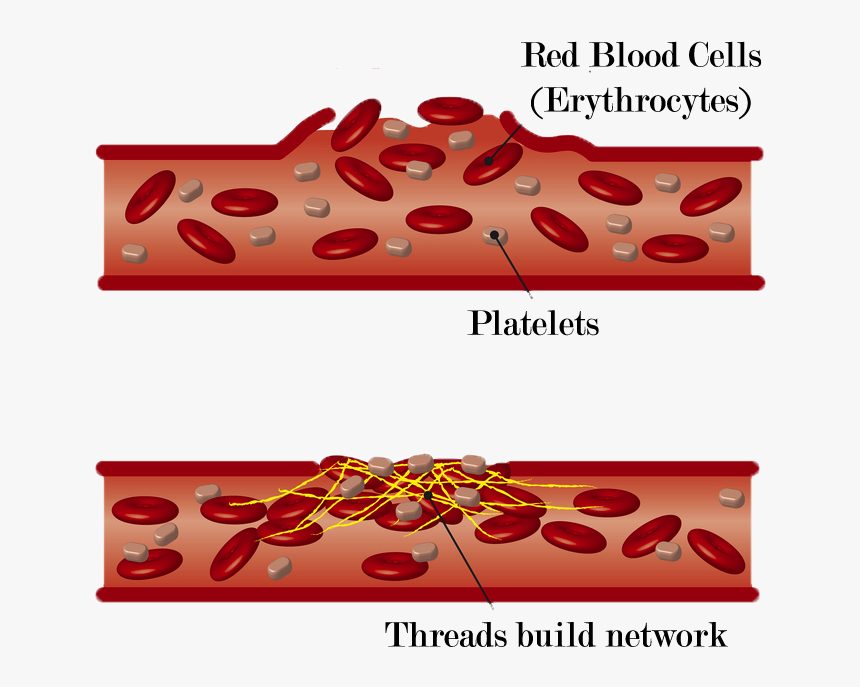
An increase in the number of red blood cells can be caused by various reasons. One of the most common is hypoxia – insufficient amount of oxygen in the body. Polycythemia can also occur with genetic disorders, the abuse of certain drugs, and as a result of prolonged exposure to high altitudes.
The main symptoms of polycythemia are headache, fatigue, excessive sweating, visual and hearing impairments. In more severe cases, signs of angina pectoris and cardiac arrhythmias may appear.
For the diagnosis of polycythemia, it is necessary to bring a blood test, which will determine the concentration of red blood cells and other indicators. Treatment includes reducing blood viscosity with medication and regular blood transfusions (phlebotomy). It is also necessary to avoid factors that lead to an increase in the level of red blood cells.
Other blood disorders
Anemia
Anemia is a blood disorder characterized by insufficient hemoglobin content in red blood cells. This can lead to a low level of red blood cells in the blood.
This can lead to a low level of red blood cells in the blood.
Causes of anemia include deficiency of iron, vitamin B12, or folate, red cell hemolysis, and other abnormalities in the production of red cells in the bone marrow.
Leukemia
Leukemia is a blood cancer that can cause an increase or decrease in red blood cells.
Leukemia is caused by abnormal white blood cells that interfere with the production of normal red blood cells in the bone marrow.
Thrombocytopenia
Thrombocytopenia is a blood disorder in which the level of platelets responsible for blood clotting is low. This can lead to problems with blood clots and heavy bleeding.
Decreased platelet levels can result from various diseases such as leukemia, Itsenko-Cushing’s syndrome, systemic lupus erythematosus, alcohol-related liver cirrhosis, and others.
The effect of obesity and malnutrition on the rate of red blood cells in the blood
Obesity
Obesity, which is characterized by an excess of adipose tissue in the body, can cause an increase in the number of red blood cells.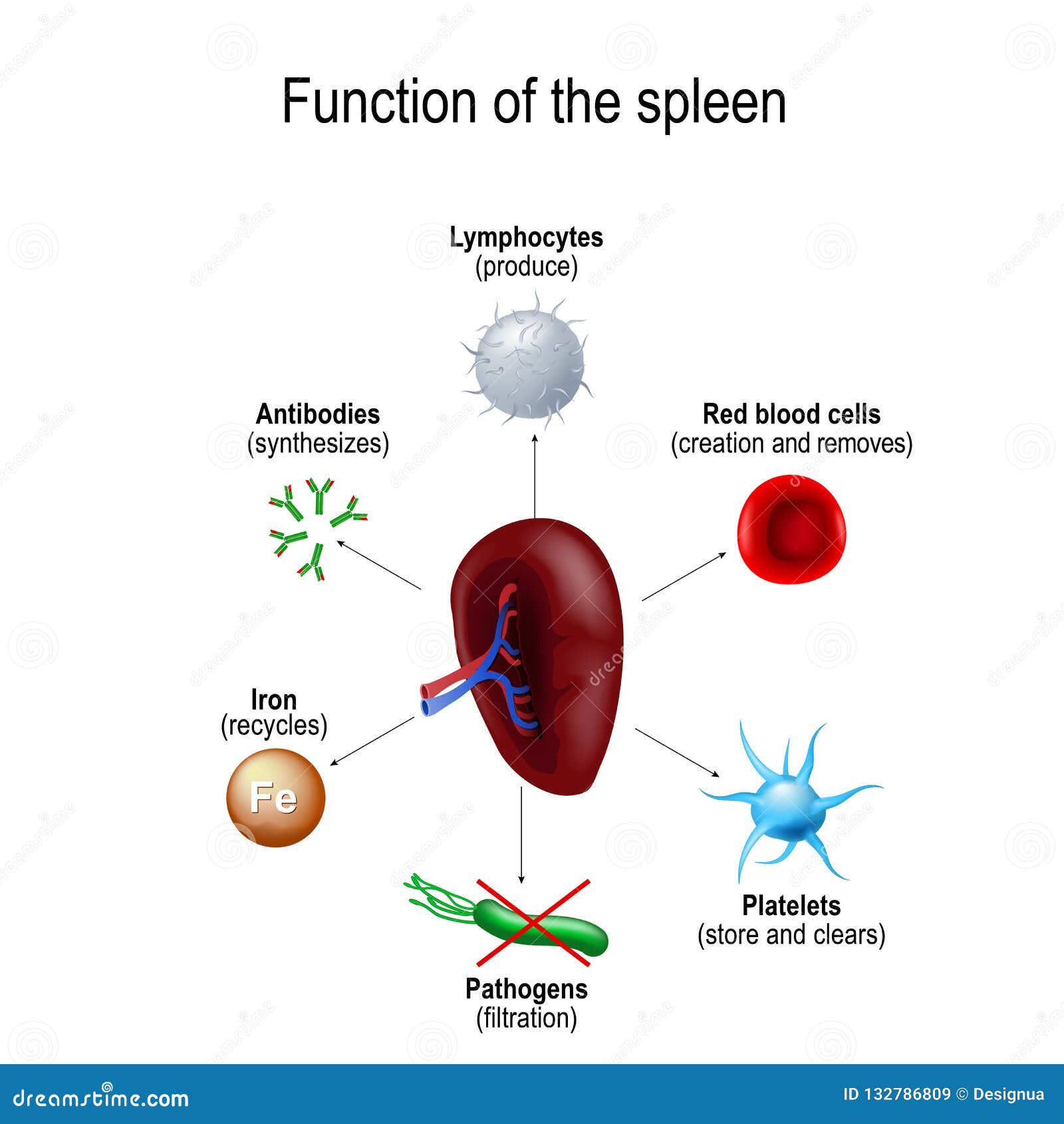 This is due to metabolic disorders and lack of oxygen in the tissues.
This is due to metabolic disorders and lack of oxygen in the tissues.
In addition, obesity can cause an increase in hemoglobin when the concentration of hemoglobin in red blood cells is higher than normal. This is possible due to an increase in the number of red blood cells in the blood and an increase in blood volume.
Improper nutrition
Improper nutrition, especially when accompanied by an excess of fats and carbohydrates, can lead to metabolic disorders and a decrease in the oxygen transport function of the blood.
Eating a large amount of fatty foods can lead to a decrease in the level of iron in the body and the development of iron deficiency anemia, in which the number of red blood cells in the blood decreases. Also, a frequent diet that includes a small amount of iron can lead to a similar effect on the red blood cell count.
Conclusion
Obesity and malnutrition, like other factors, can affect the rate of red blood cells. To increase the number of red blood cells in the blood, which corresponds to the norm, you need to monitor your diet, consume the necessary amount of iron and exercise to improve metabolism and maintain the oxygen transport function of the blood.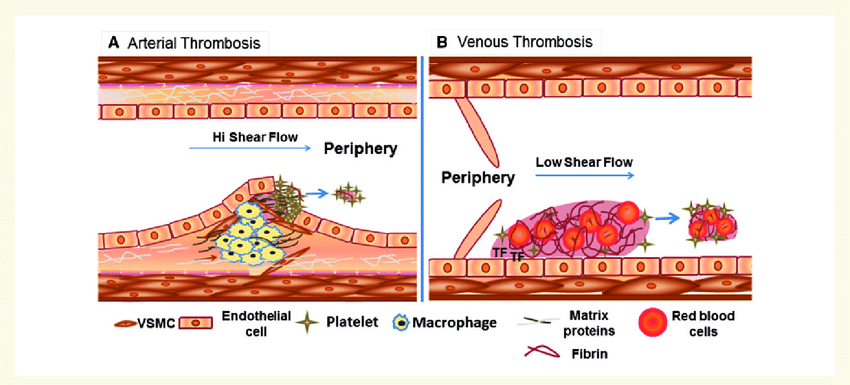
Prevention and treatment of abnormal red blood cells
Low red blood cells:
Proper nutrition is one of the key preventive measures. It is necessary to eat food containing iron (meat, fish, berries, vegetables), vitamins (especially groups B, C, E), trace elements (zinc, magnesium, cobalt). It is also recommended to exclude fatty and fried foods from the diet, drink alcohol and smoke.
In the treatment of reduced values of erythrocytes, preparations containing iron are prescribed (Ferro-foilgamma, Fenulet, Maltofer). It is also recommended to conduct a course of vitamin therapy, increase physical activity and it is necessary to adjust the diet.
Elevated erythrocyte values:
Prevention of elevated values comes down to a proper lifestyle: daily routine, sufficient physical activity, proper nutrition. It is necessary to exclude fatty, fried, sweet and smoked foods, alcohol from the diet.
The treatment of elevated erythrocyte values during the diagnosis and identification of the causes of deviations is prescribed by a doctor.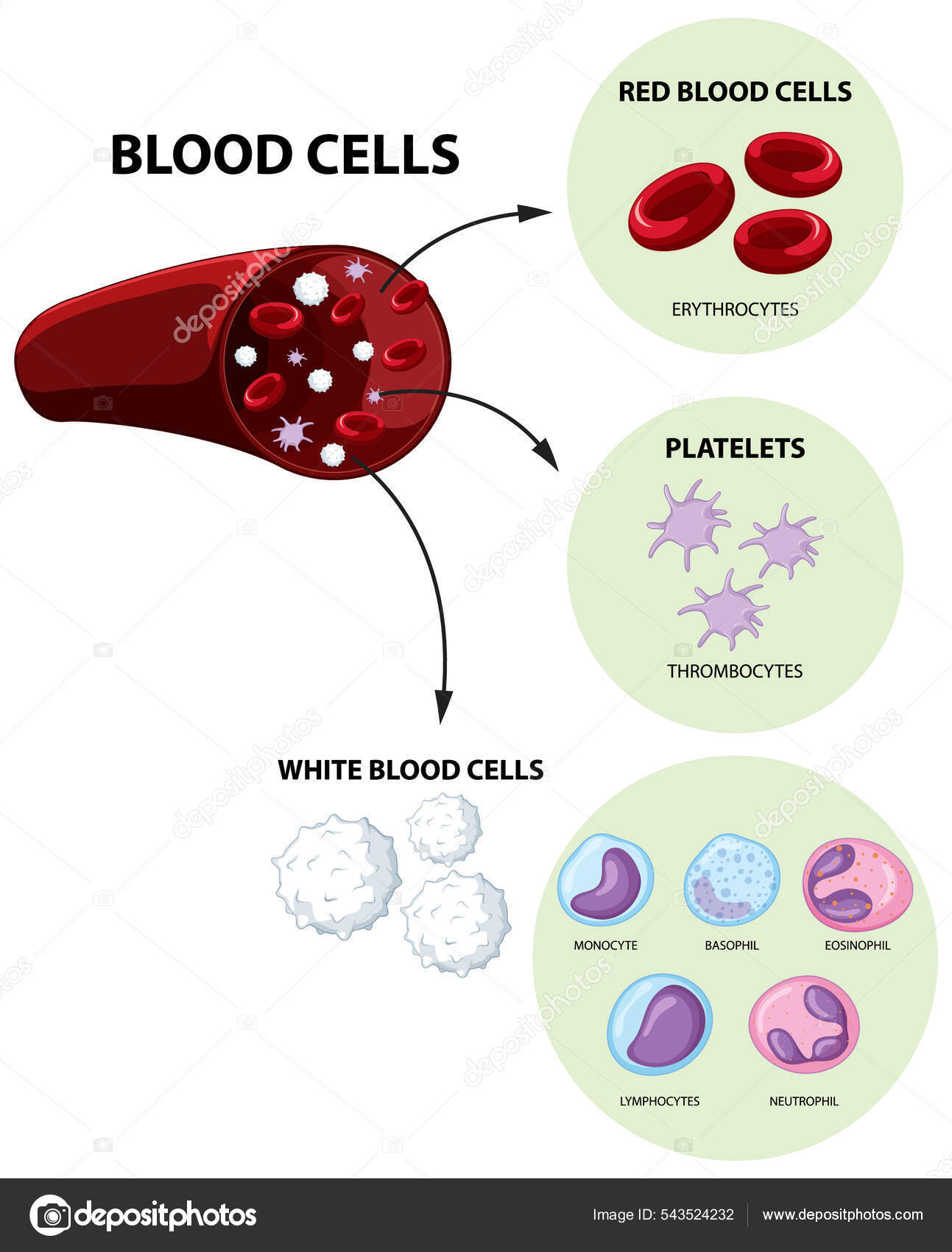 Usually, blood circulation is carried out, treatment of other diseases (for example, hypertension, diabetes), drugs that thin the blood (aspirin, phlebodia) are prescribed.
Usually, blood circulation is carried out, treatment of other diseases (for example, hypertension, diabetes), drugs that thin the blood (aspirin, phlebodia) are prescribed.
Q&A:
What causes an increase in the level of erythrocytes in the blood?
Elevated red blood cells may be due to various causes such as dehydration, hypoxia, lung disease, heart failure, certain medications or smoking.
What symptoms may indicate a low level of red blood cells?
A low red blood cell count may present with the following symptoms: pale skin, fatigue, weakness, shortness of breath, palpitations, dizziness.
What is the normal level of red blood cells in women?
The normal level of red blood cells in women is 3.5 to 5 million/mcL.
How does the level of red blood cells in the blood during pregnancy?
The level of red blood cells in the blood of women during pregnancy is usually low, and there may be changes in other blood parameters associated with pregnancy, such as hemoglobin levels and color index.


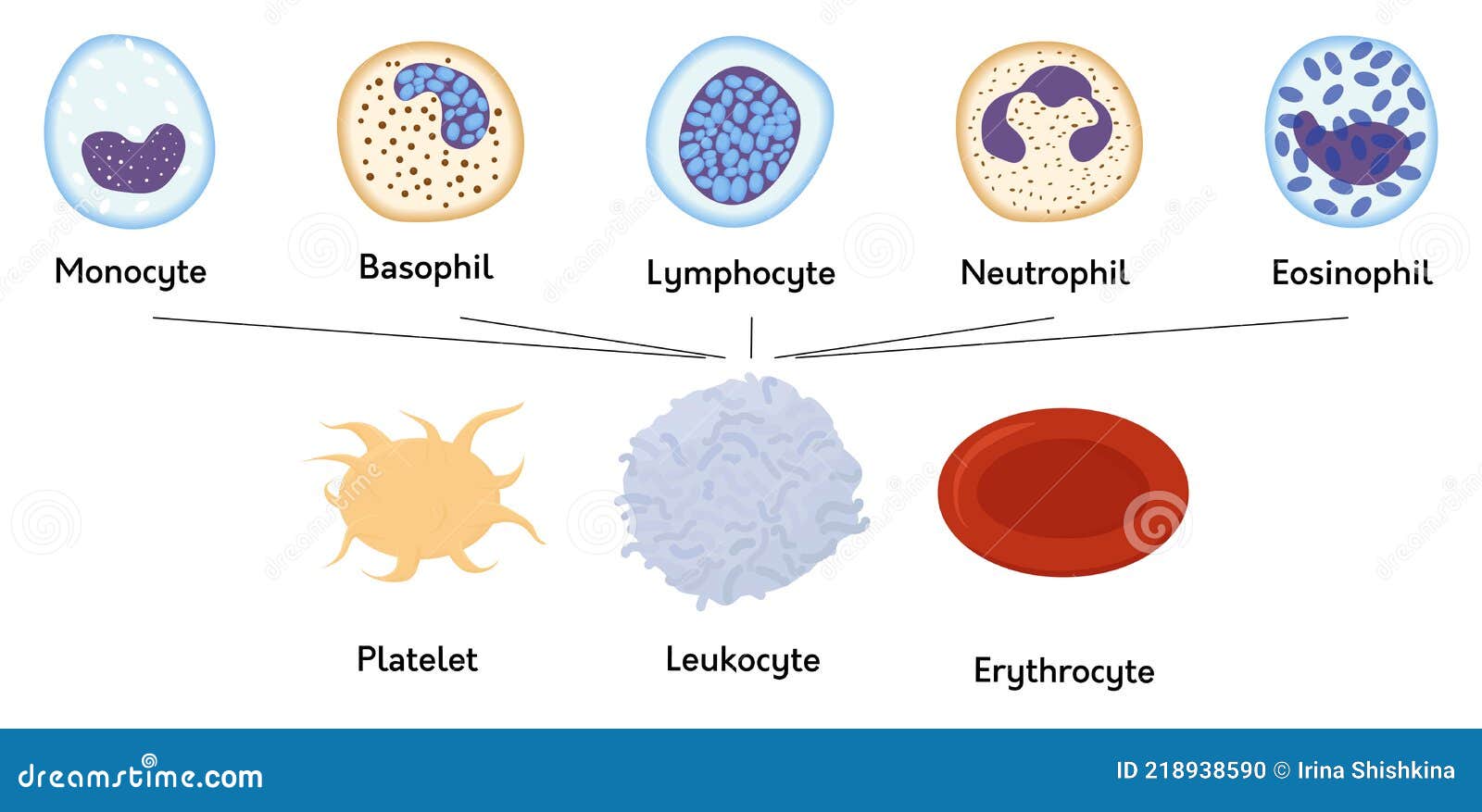
 3.2 Red blood cell counts in children
3.2 Red blood cell counts in children 13.0.4 How does the level of erythrocytes in the blood change during pregnancy?
13.0.4 How does the level of erythrocytes in the blood change during pregnancy? 2 to 7.4 million/µl.
2 to 7.4 million/µl.
